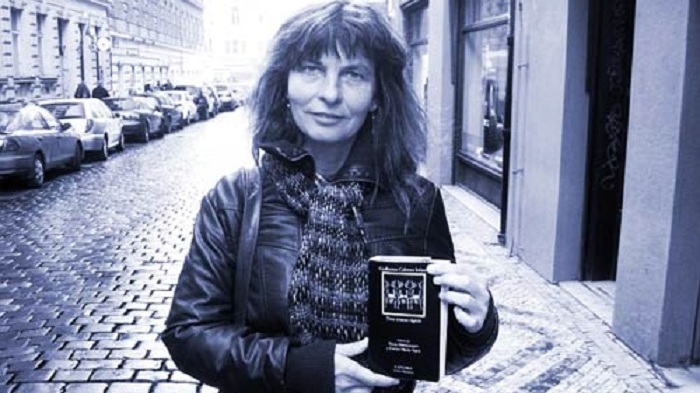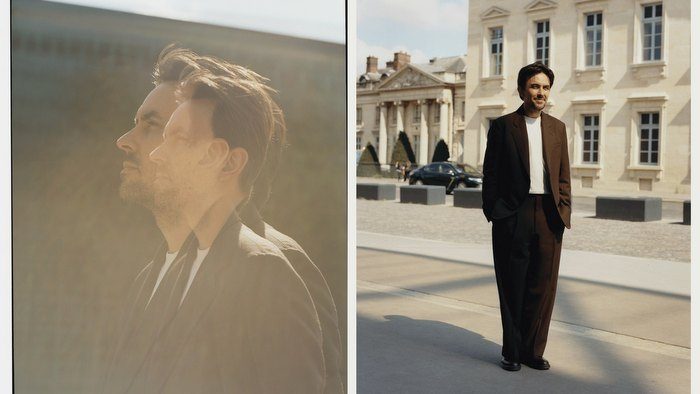By: Loliet Marrero Delachaux
Resorting to the Havana Biennial issue and addressing it is always an incomplete action. The weak faculty of kind of model exhausting for some people and increasing for others, the apparent coherence of some structure some people defend, the existence of true turn related to its concept or the mark probably left, are some of the most problematic elements. The truth is that the Biennial reaffirm its existence every two or three years when it takes place in spite of everything. Today, this event has become everlasting. Margarita González Lorente, deputy manager of the Wifredo Lam Contemporary Art Center and curator of the Havana Biennial tells about its history, continuance and next edition.
What do you understand by “biennial model”? In what sense, this kind of model get close or away from that one conceived today at the Havana Biennial?
To me, a biennial is like a mega exhibition. The use of the term model just refers to that, a great exhibition based on some theme, which can be shown in galleries, art centers, museums and other spaces with conditions to exhibit a work of art. Since some years ago, they say that the biennial model is in crisis. Everyone has his or her own concept and they probably do not coincide in many cases. In this case, our biennial is different because they barely have works in inner spaces. I think that the 12th edition is a mixing of that kind of biennial model we are used to at international biennials with an extension to public spaces trough actions, interventions, performances. So, in some way, it is similar to the other biennials to continue taking place in inner spaces to provide some guests’ works, but in another way it is totally different due to those activities carrying out in the street.
There is a general question for different generations of artists and specialists related to this field about the manner they select the works and projects. Is it the Havana Biennial an opened or closed call?
In my opinion, the system of work at the Havana Biennial is unique. According to my colleagues, the event founders and that of the Wifredo Lam Contemporary Art Center, this method has been changing depending on directions and circumstances. Many years ago, in the beginnings of the Biennial, they used to select a topic, an idea about curatorship, a central theme. That was the platform for working. The curators’ team used to research at the institution library. Then they traveled to investigate. In the territories, they used to continue their field work. This investigation corroborated the text given or it was countered with it. This way, they could alter, increase or change this topic. After, each curator presented his or investigation before the curators’ team. It was a collective work and they worked in plenty of time.
In the meetings, they presented the work results according to the geographic areas. First, they made a primary selection and then they compared all as a whole. By that time, they had an idea in general about the event. There, they checked with rigor and eliminated those proposals that expressed some repetition of ideas, thinking or concepts. Finally, they cleaned the guests list. It is an event by invitation, not an opened call.
If the 12th edition of the Havana Biennial is opt going to have a central core of exhibitions and it has the purpose to goes put the city and work with so spaces and people through investigations, actions and punctual interventions, it is not possible that there are no “galleries works”.
In this case, how do they face the lack or loss of the object? Does this Biennial is interested in exhibiting the documentation of its proposals?
We have no intention to be so radical. There will be other galleries. We have not given up the artistic objects either since this is something continuing and it will continue through the art way. There will be installations, performances that will take place in closed spaces, objects, installation sculptures; that is gallery work. Regarding to the documentation, there are projects that can be of interest, we will see it in practice. An event of this kind, must have works in galleries spaces and this can also be an attraction for such a wide cross section of public in the art biennials.
Which are the spaces and contexts of interest for this edition?
There are projects and works in almost of the municipalities. The Biennial has extended to squares, parks and sites, many of which they are used for the first time. They include Casablanca, la Terminal de Ómnibus Nacionales, el Parque Trillo and other usual spaces like the University of Havana, the University of Arts, the Pabellon Cuba and the areas around it, the touristic part of the Old Havana including its national institutions like Wilfredo Lam Contemporary Center, the Development Center of the Visual Arts, The Cuba’s Photography Library, and the spaces from the Historian Office like the public library Rubén Martínez Villena and its gallery, the Saint Francis of Asis Convent, among others. So, the people will have the opportunity to visit and see a lot.
Which mark will the 12th edition of the Havana Biennial leave as a Latin American experience for the rest of the world?
We always talk about leaving a mark for the future, and certainly, that is something important. But I think that the best part is the time of enjoyment, participation, the incorporation. That is the true mark. I have some anecdotes about it. In the previous edition, the public enjoyed and appreciated one of the projects exhibited at the Latin American Center of Culture, and those who could not attend with their families said: “We cannot miss it for the 12th edition” The people follow the number of editions in this event, and that is something remarkable. The same happens with the term “imaginaries” that we hear by the press, the radio, the television, and the people in general. That was a little-known word before the 11th edition; that is artistic practices and social imaginaries.
Related Publications

Cecilia Todd. Singing always makes sense
August 21, 2020
Q & A with Marguerite Horberg of Hot House
July 17, 2020











